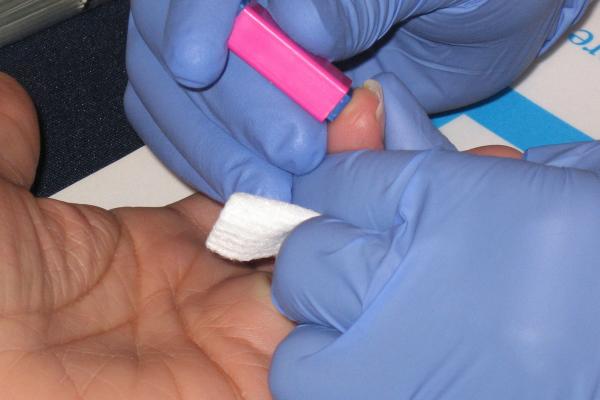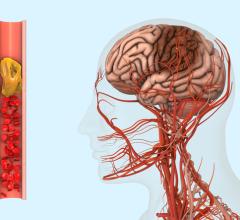
November 14, 2019 — A large majority of patients with atherosclerotic cardiovascular disease (ASCVD) in the NCDR PINNACLE outpatient registry are not achieving guideline recommended LDL-C goals on a statin alone, according to research presented at the American Heart Association Scientific Sessions 2019, November 16-18, in Philadelphia. This research analysis represents the completion of Phase I of the TRANSFORM LDL-C Risk initiative, confirming that gaps exist in administering guideline-recommended cholesterol care for patients with ASCVD. TRANSFORM LDL-C Risk was developed through a partnership between the American College of Cardiology, Sanofi and Regeneron Pharmaceuticals Inc.
Researchers looked at patients enrolled in the PINNACLE registry, which is the largest cardiovascular outpatient quality improvement registry in the world, from 2013 to March 2019 to examine patterns of LDL-C goal achievement and lipid lowering therapy treatment in adults with ASCVD. The 2018 ACC/AHA Guideline on the Management of Blood Cholesterol recommends 70 mg/dl LDL-C as a threshold for several groups of high-risk patients when considering treatment method.
According to interim data from the Phase 1 of the initiative, of the approximately 1.9 million patients with ASCVD in the PINNACLE registry, 21.1 percent had no history of lipid lowering therapy use and 84.5 percent did not meet LDL-C goal of less than 70mg/dL.
In a subset of approximately 1.3 million patients who were only prescribed a statin, 67 percent did not achieve their LDL-C goal of less than 70mg/dL. Overall, the percentages of patients only on a statin achieving LDL-C of less than 70 mg/dL, between 70 and 99 mg/dL and greater than or equal to 100 mg/dL were 32.9 percent, 41.1 percent and 25.9 percent, respectively. Amongst patients with ASCVD, younger patients (18 to 64 years old), females, African Americans and hypertensive patients were least likely to achieve LDL-C of less than 70 mg/dL while on a statin.
“Large groups of patients with ASCVD are not achieving low enough LDL-C levels, which puts them at greater risk of recurrent cardiovascular events and death,” said Dharam Kumbhani, MD, SM, FACC, senior author of the study and an associate professor of medicine at UT Southwestern Medical Center. “It’s apparent that large gaps exist and that more efforts are needed in implementing the cholesterol guidelines. Next steps are examining what barriers exist in achieving these treatment goals and how to address these barriers.”
In response to these large gaps in LDL-C goal achievement, the ACC, in partnership with Sanofi and Regeneron Pharmaceuticals, established the TRANSFORM LDL-C Risk initiative to identify high-risk patients with a history of cardiovascular events related to ASCVD and begin exploring barriers to LDL-C goal achievement. The program aims to optimize patients’ access to the latest evidence-based treatments for LDL-C lowering and cardiovascular event risk reduction recommended in the 2016 LDL-C Pathway and 2018 ACC/AHA Cholesterol Guideline.
TRANSFORM LDL-C Risk leverages the PINNACLE Registry, to identify secondary prevention patients with ASCVD in select regions of the U.S that meet the evidence-based criteria for treatment intensification with lipid-lowering therapies. This initiative involves a collaborative, regional network of practices that can share best practices and influence future ACC work in this space. Additional phases of the program and corresponding results will be released in the future.
The TRANSFORM LDL-C Risk data presentation, “Assessing Low-Density Lipoprotein Cholesterol Risk in Secondary Prevention Patients Within The PINNACLE National Outpatient Registry,” will be presented Nov. 17 at 3 p.m. ET during a poster presentation in Zone 3, Science and Technology Hall.
For more information: www.acc.org


 May 12, 2025
May 12, 2025 









